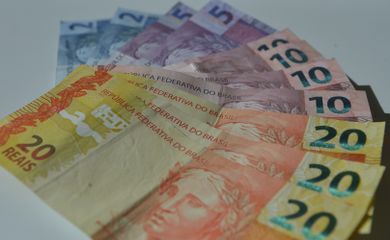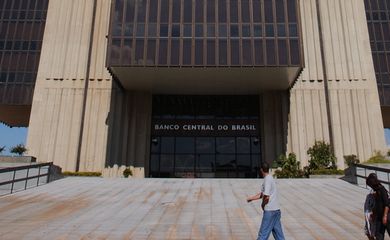Brazil interest rate maintained at 14.25% p.a.

The Monetary Policy Committee (COPOM) of Brazil's Central Bank decided to maintain Brazil's key interest rate, the SELIC, at its current 14.25% per annum, for the seventh consecutive time. The SELIC rate has been at this level since the end of July.

The decision, made by unanimous vote during the COPOM meeting on Wednesday (Jun. 8), had been anticipated by analysts, who expect that the rate will remain unchanged through the end of the year. In a statement, COPOM reported that “the high 12-month cumulative inflation rate and above-target inflation forecasts leave no room for relaxing the monetary policy.”
The SELIC rate is the main instrument used by the Central Bank to control inflation as officially measured by the Broad National Consumer Price Index (IPCA).
The annual inflation target set by the Central Bank is 4.5% plus or minus two percentage points (within a ceiling of 6.5%). According to the Brazilian Institute of Geography and Statistics, the IPCA totaled 9.32% in the 12 months ending in May, having peaked at a cumulative 10.71% in the 12 months ended in January.
The Central Bank estimates that the IPCA will close out 2016 between 6.6% and 6.9%. The market has a more pessimistic forecast of 7.12%, according to the latest update of the Central Bank's weekly survey of financial market expectations.
The inflation rate is expected to slow down as the economic crisis worsens. Although it helps control prices, increasing the SELIC or keeping it high can adversely affect the economy by slowing down production and consumption levels.
The SELIC rate provides a benchmark for other interest rates in the domestic market. Raising it increases the cost of credit and stimulates savings, thus helping contain excessive demand that creates inflationary pressures. Conversely, by lowering interest, the COPOM makes credit cheaper and boosts production and consumption, but inflation control loosens.
Response
The Federation of Industries of Rio de Janeiro (FIRJAN) issued a statement saying the decision to keep the SELIC rate at 14.25% p.a. indicates that inflation persists. “The recent shift in the [government] stance toward tighter public spending controls is an important indication that the price pressures will ease, but it remains to be verified in practice,” it pointed out.
For the National Industrial Confederation (CNI), interest rates can only be reduced through government spending cuts. According to them, the economic slowdown has reached unsustainable levels, and the decision to keep interest at a high level is an obvious choice. “COPOM's decision was no surprise to the industrial sector as high inflation rates persist well above the target.”
The Força Sindical workers' union criticized the decision to keep interest at such a high level as 14.25% p.a., saying the decision “shows that the monetary policy-makers continue to bow to speculators, detrimentally to the interests of workers.”
“The new government must understand that the interest rate at such stratospheric levels has been an ineffective tool in combating inflation, making credit expensive for both consumers and investors, which only leads to more job cuts, deteriorates incomes, and worsens the recession scenario,” a note signed by the union chair, Paulo Pereira da Silva, read.
Translated by Mayra Borges
Fonte: Brazil interest rate maintained at 14.25% p.a.




